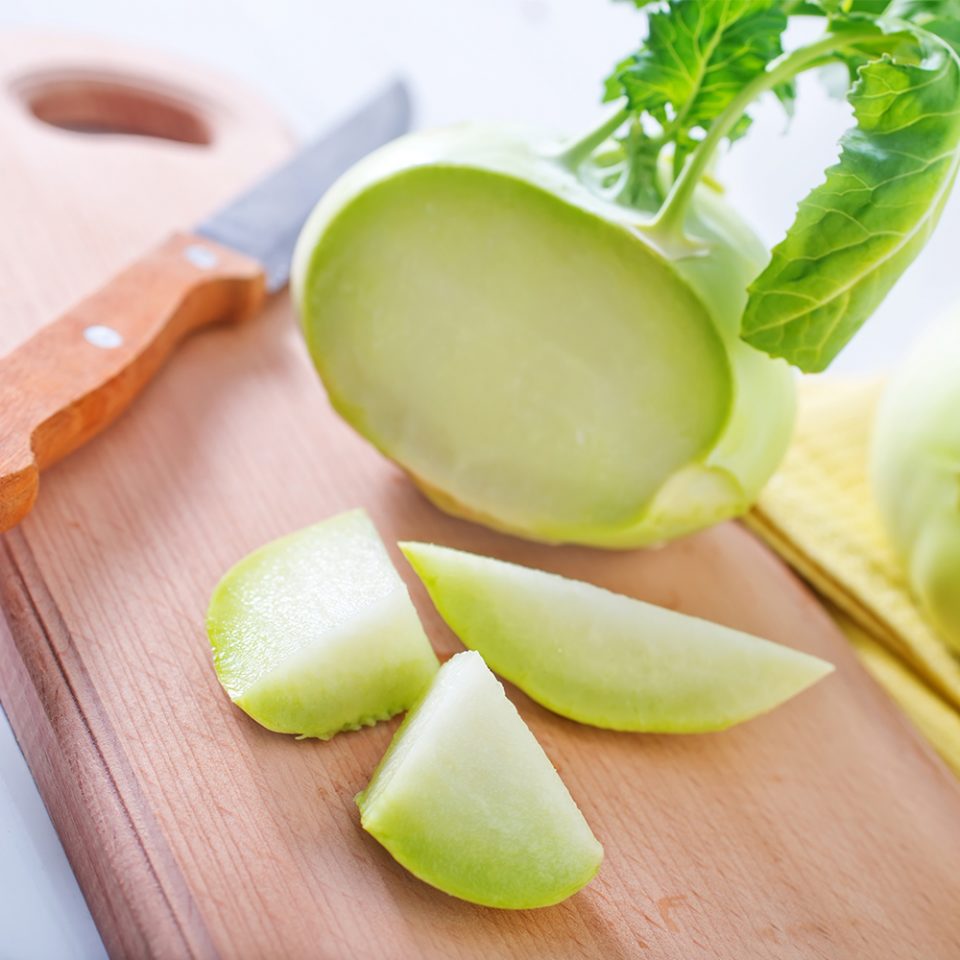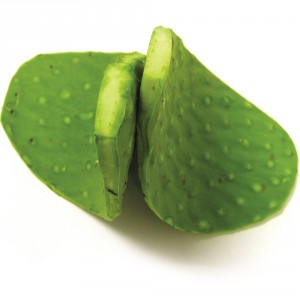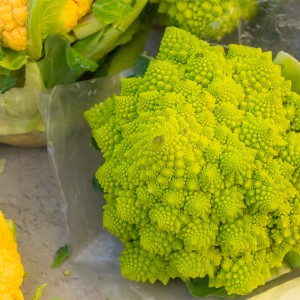
It’s World Vegetarian Day!
Sure, you know what broccoli looks like. And just last night, you tried to sneak your green beans to your cat. But can you picture a kohlrabi? Did you know that in Mexico, it’s common to serve cactus for dinner?
In honor of World Vegetarian Day on October 1, we went digging for the globe’s most interesting vegetables and how to eat them. Here, we offer up some of our favorite discoveries. We guarantee you won’t be trying to hide any of them beneath your mashed potatoes.
Tiger nuts

Though they look may look and taste like nuts, tiger nuts are actually tiny tubers — the part of a plant that stores nutrients. Tiger nuts belong to a family of grass-like sedge plants. An important food for the ancient Egyptians (tubers were found in tombs dating back some 6,000 years), today they are cherished in Spain and Nigeria, where they are used to make a sweet, milk-like drink, often flavored with cinnamon or vanilla. Both countries have a unique name and recipe for the delicious drink. Try it both ways!
Kunnu Aya (Nigeria): http://bit.ly/ZibYZX
Horchata de Chufa (Spain): http://bit.ly/1nBhemo
Kohlrabi

Just about every part of the kohlrabi plant can be eaten (raw or cooked), from its leaves to its stems to its bizarrely-shaped root. In the same family as kale, broccoli, Brussels sprouts and cauliflower, kohlrabi is particularly popular in Kashmir, the northwestern region of India. It also appears in nutritionist Jonny Bowden’s book, “The 150 Healthiest Foods on Earth,” in which he describes this curious-looking vegetable as a “cross between an octopus and a space capsule.” You can prepare kohlrabi in tons of scrumptious ways. Our favorite? Home fries.
Kohlrabi Home Fries: http://nyti.ms/1CByWtc
Nopales
It might seem strange to put a prickly pear cactus on your plate, but if youre digging into nopales, you’re doing just that (don’t worry, the prickles are removed). A native of Mexico, nopales frequently star in stews, salads, chilies and eggsand as soon as they’re grilled, their name changes! Cooked nopales are called ‘nopalitos.’ We like them best that way, especially when wrapped in a tortilla and served taco-style.
Nopales Tempura Tacos: http://bit.ly/1rz0cVE
Romanesco
This edible flower would ace math class. Its electric-green, intricate florets comprise a naturally-occurring Fibonacci fractal (think repetitive, spiral patterns). Cultivated by Italian farmers as far back as the 1600s, Romanesco (like kohlrabi, above) is in the same family as broccoli, cauliflower and cabbage. Season it with red pepper flakes, lemon, and garlic, then sauté it in olive oil for an irresistible dish.
Sautéed Romanesco: http://bit.ly/1qP49QZ
Do YOU have a fun vegetable recipe? Tell us in the comments!


